
Increased CaMKK2 expression is an adaptive response that maintains the fitness of tumor-infiltrating natural killer cells | bioRxiv

Sequential fate-switches in stem-like cells drive the tumorigenic trajectory from human neural stem cells to malignant glioma | Cell Research

Stem cell-associated heterogeneity in Glioblastoma results from intrinsic tumor plasticity shaped by the microenvironment | Nature Communications

Cancer Stem Cell (CSC) Inhibitors in Oncology—A Promise for a Better Therapeutic Outcome: State of the Art and Future Perspectives | Journal of Medicinal Chemistry
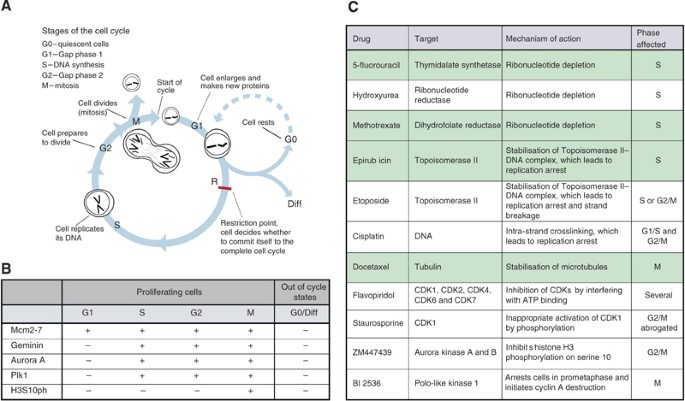
Cell-cycle-phase progression analysis identifies unique phenotypes of major prognostic and predictive significance in breast cancer | British Journal of Cancer

Breast Cancer Targeting Peptide Binds Keratin 1: A New Molecular Marker for Targeted Drug Delivery to Breast Cancer | Molecular Pharmaceutics

Role of PD-L1 expression as a biomarker for GEP neuroendocrine neoplasm grading | Cell Death & Disease

Mapping single-cell transcriptomes in the intra-tumoral and associated territories of kidney cancer - ScienceDirect
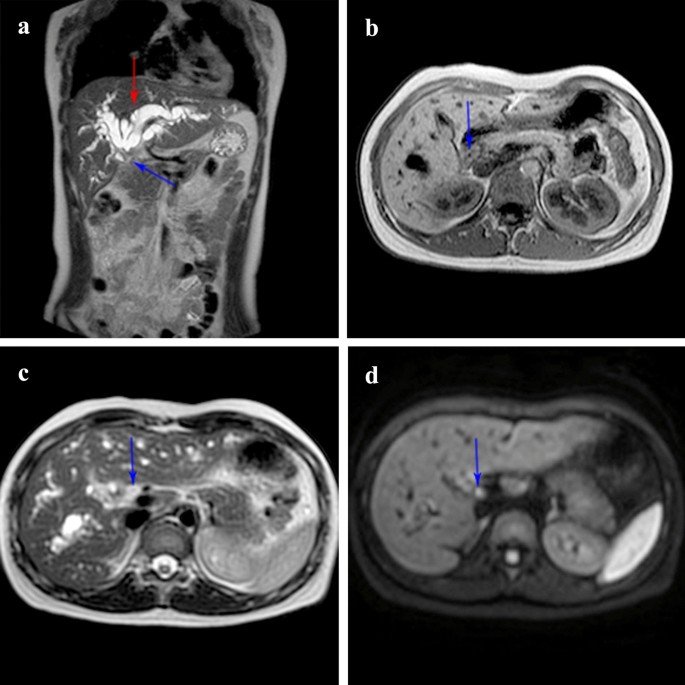
Challenges in treatment of a patient suffering from neuroendocrine tumor G1 of the hilar bile duct: a case report | BMC Gastroenterology | Full Text
Semaphorin7A Promotion of Tumoral Growth and Metastasis in Human Oral Cancer by Regulation of G1 Cell Cycle and Matrix Metalloproteases: Possible Contribution to Tumoral Angiogenesis | PLOS ONE
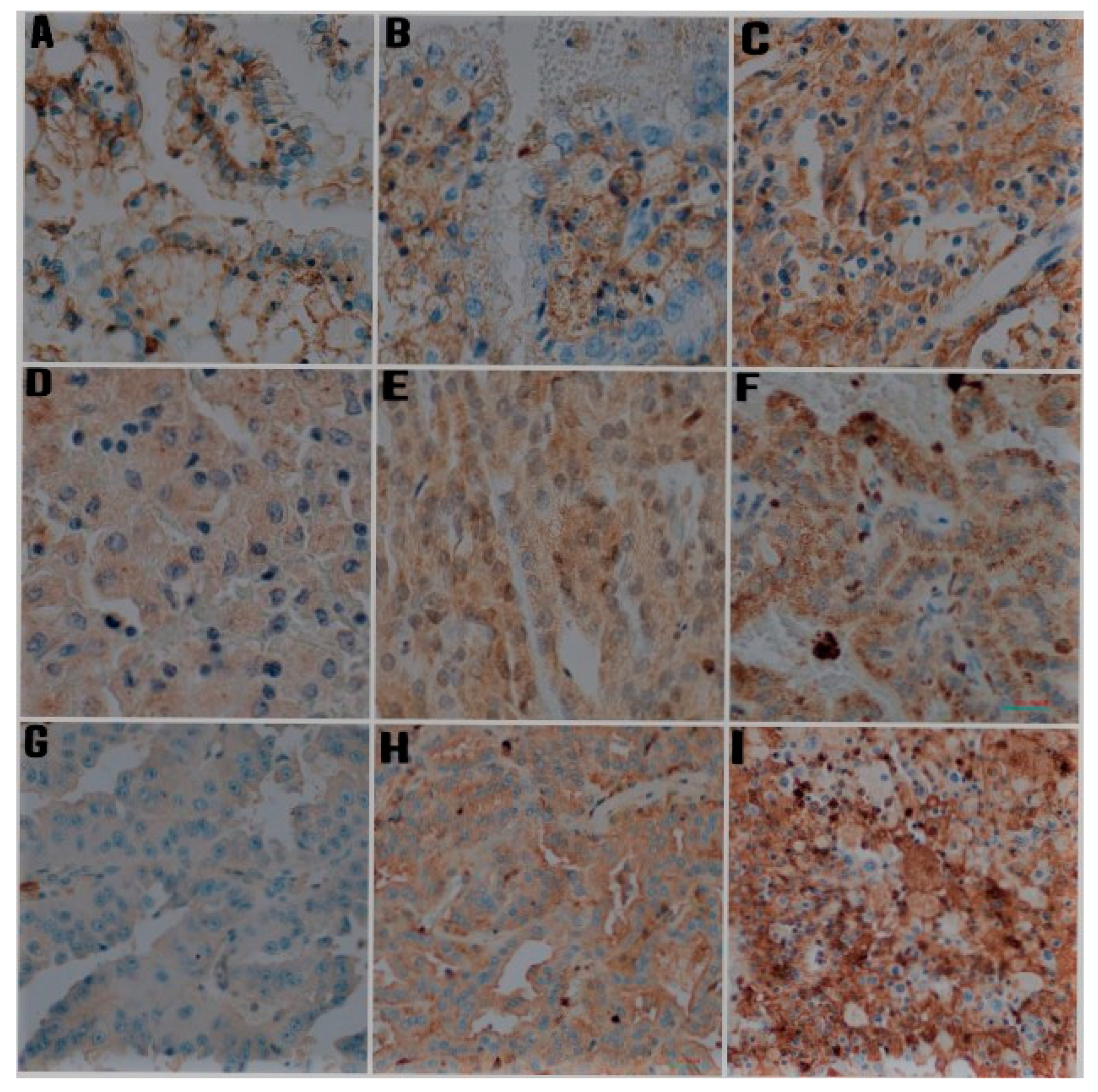
JCM | Free Full-Text | Immunohistochemical Expression of CD44, MMP-2, MMP-9, and Ki-67 as the Prognostic Markers in Non-Clear Cell Renal Cell Carcinomas—A Prospective Cohort Study
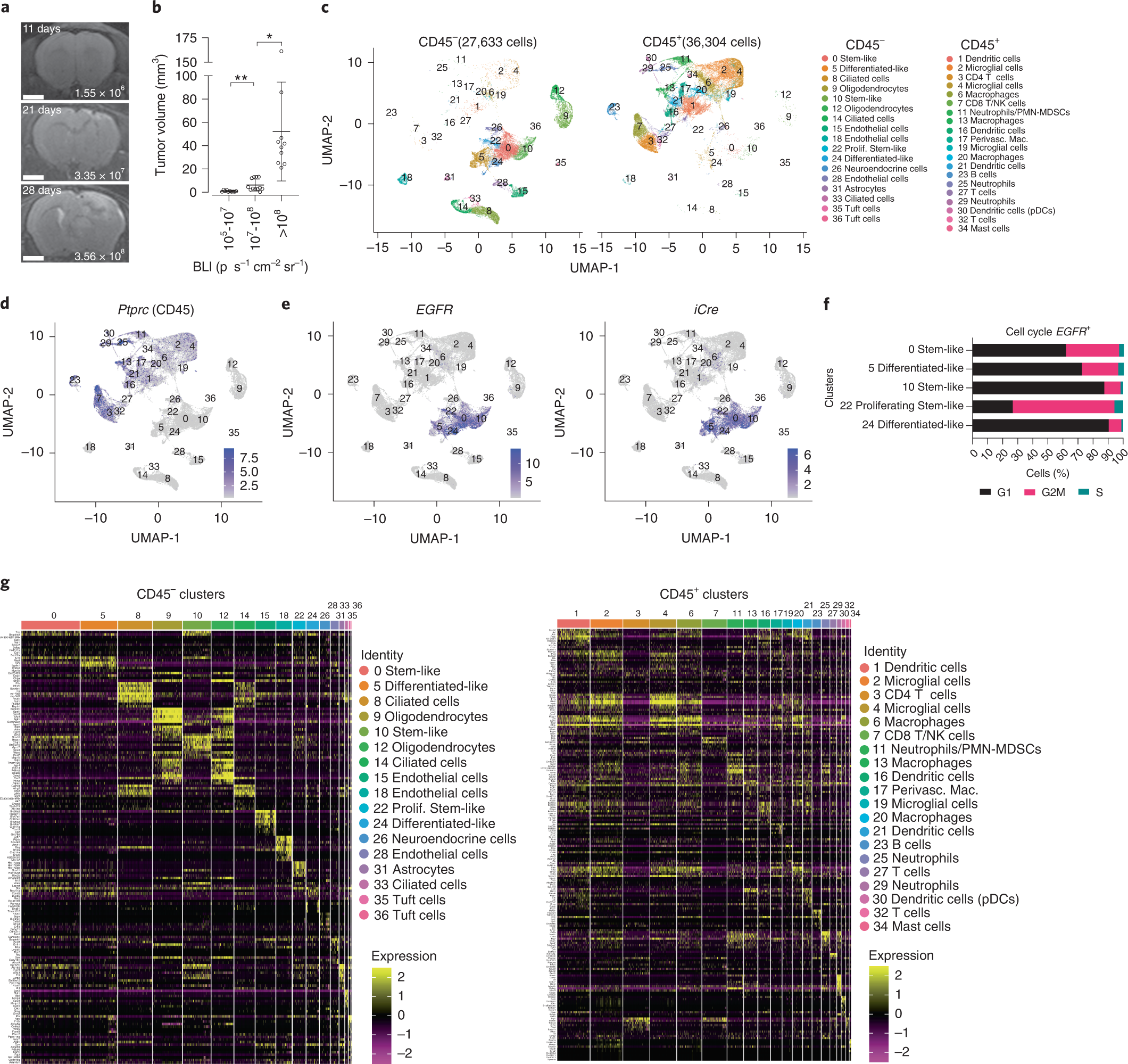
Single-cell RNA sequencing reveals evolution of immune landscape during glioblastoma progression | Nature Immunology

Tumoral CD105 is a novel independent prognostic marker for prognosis in clear-cell renal cell carcinoma | British Journal of Cancer

G1/S cell cycle transition in normal and tumoral cells. G1/S transition... | Download Scientific Diagram
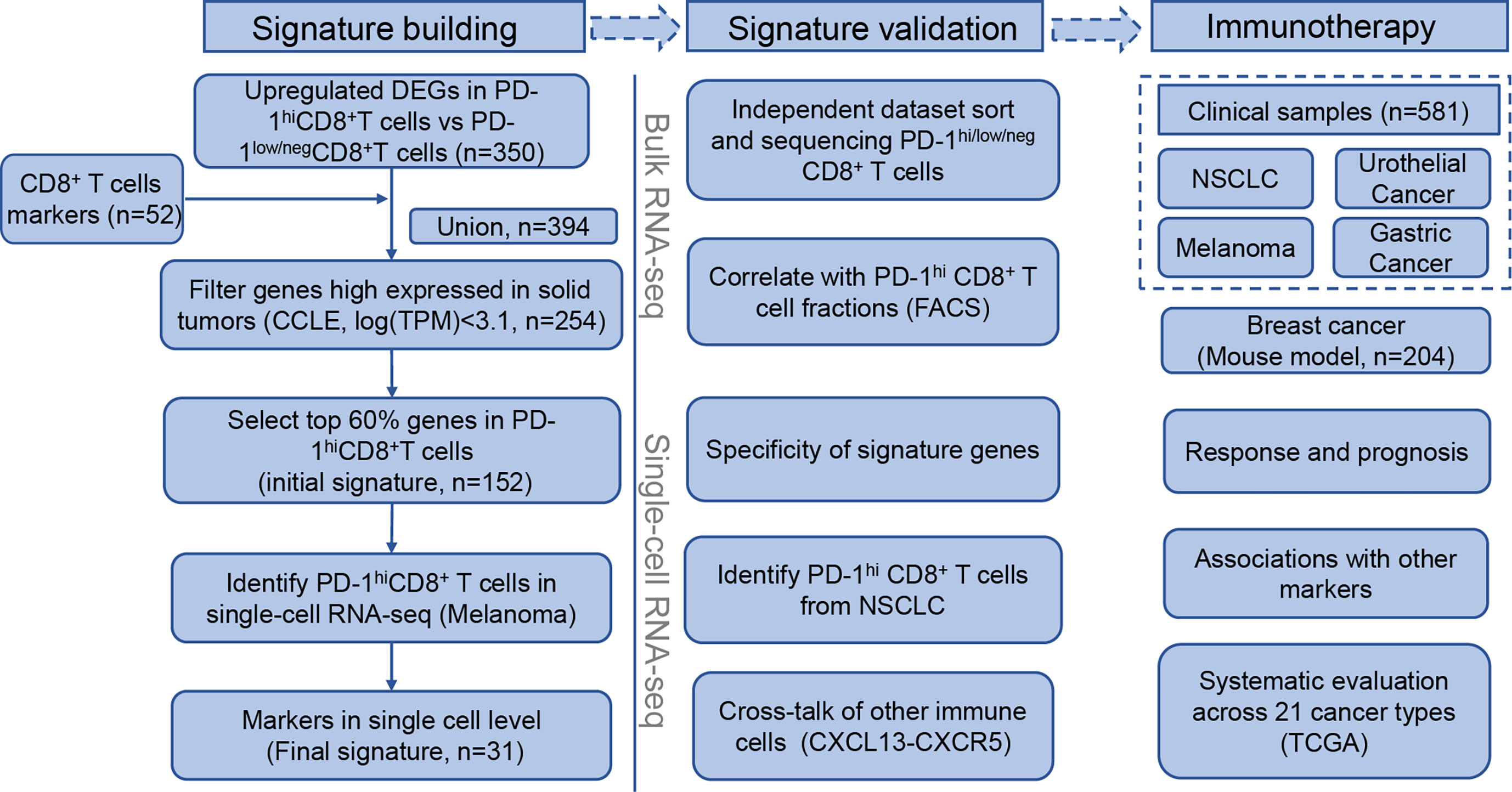
Frontiers | Tumor-Infiltrating PD-1hiCD8+-T-Cell Signature as an Effective Biomarker for Immune Checkpoint Inhibitor Therapy Response Across Multiple Cancers
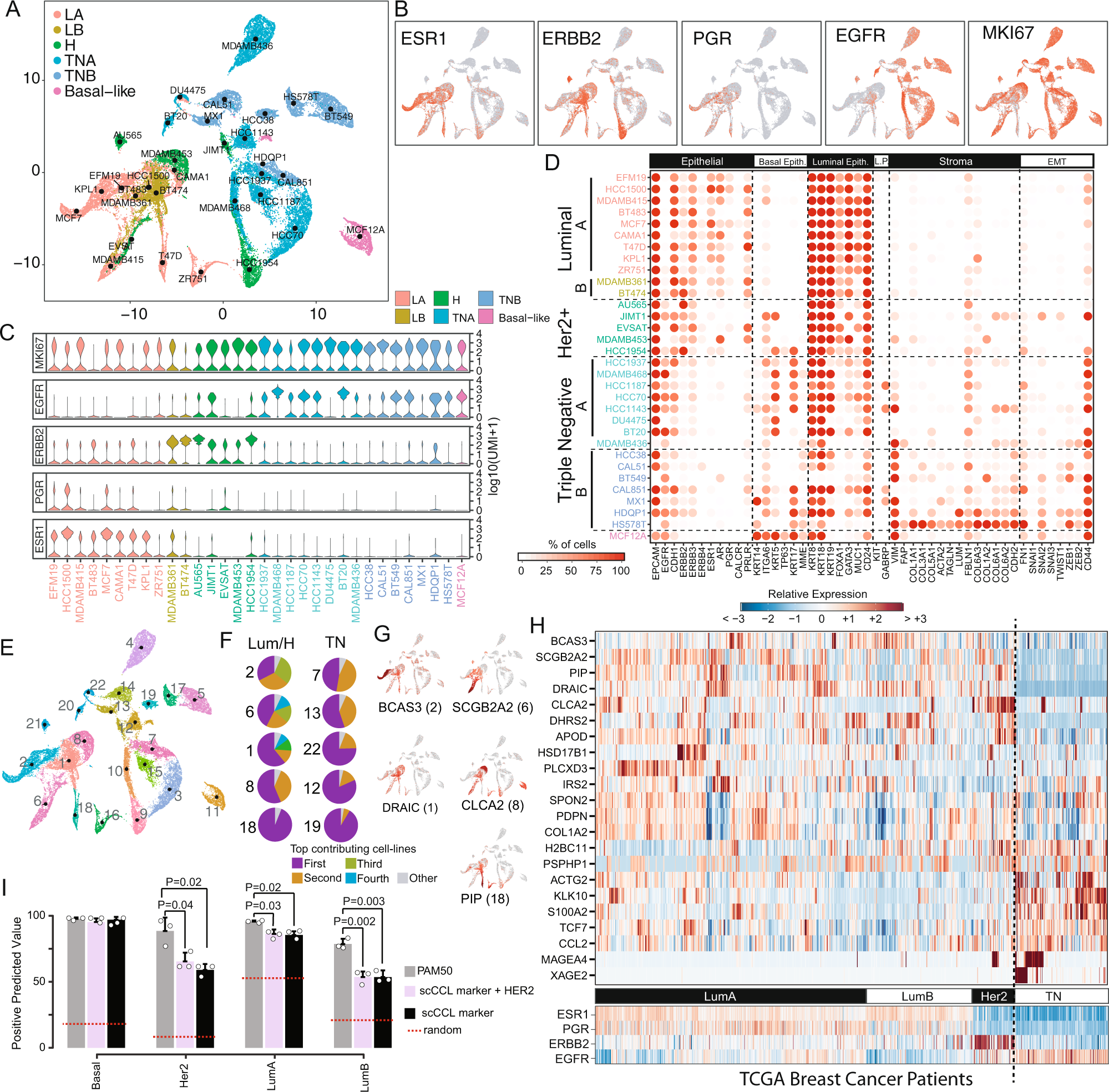
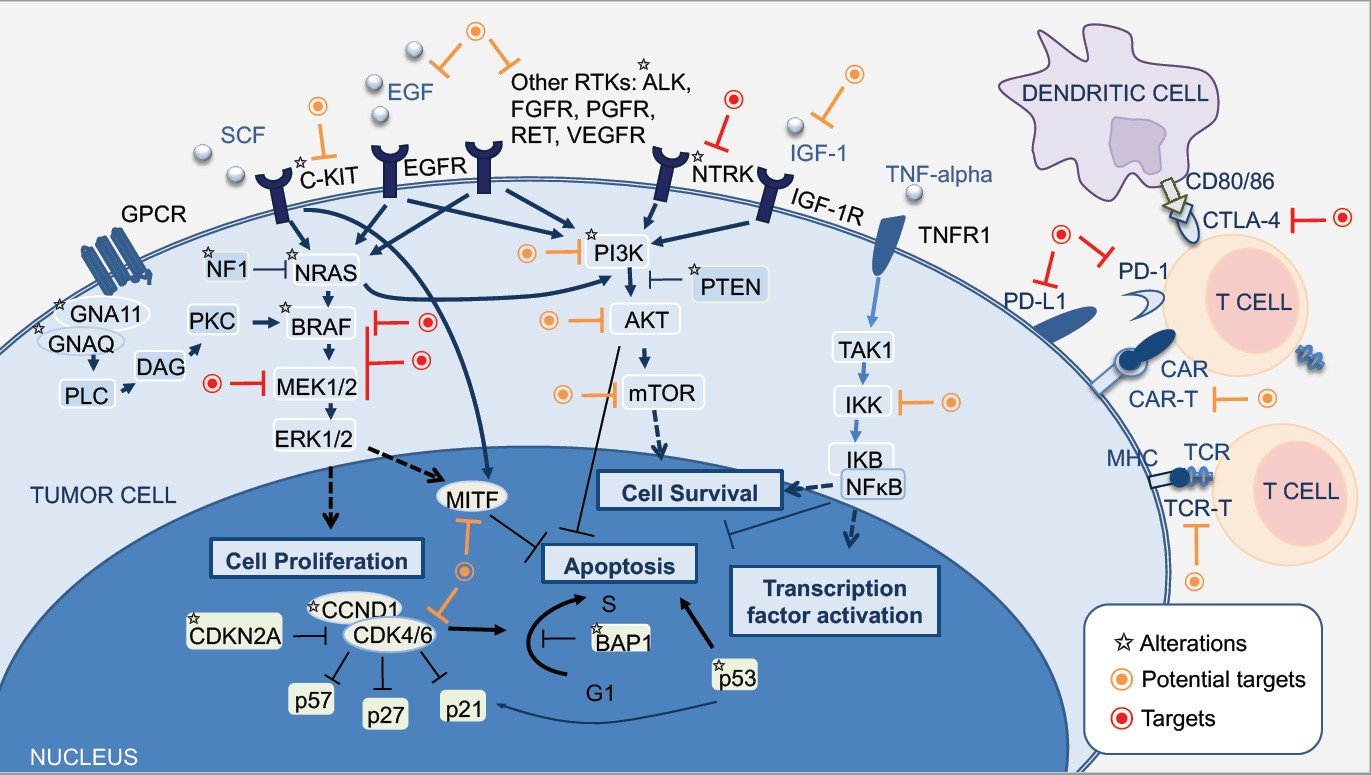
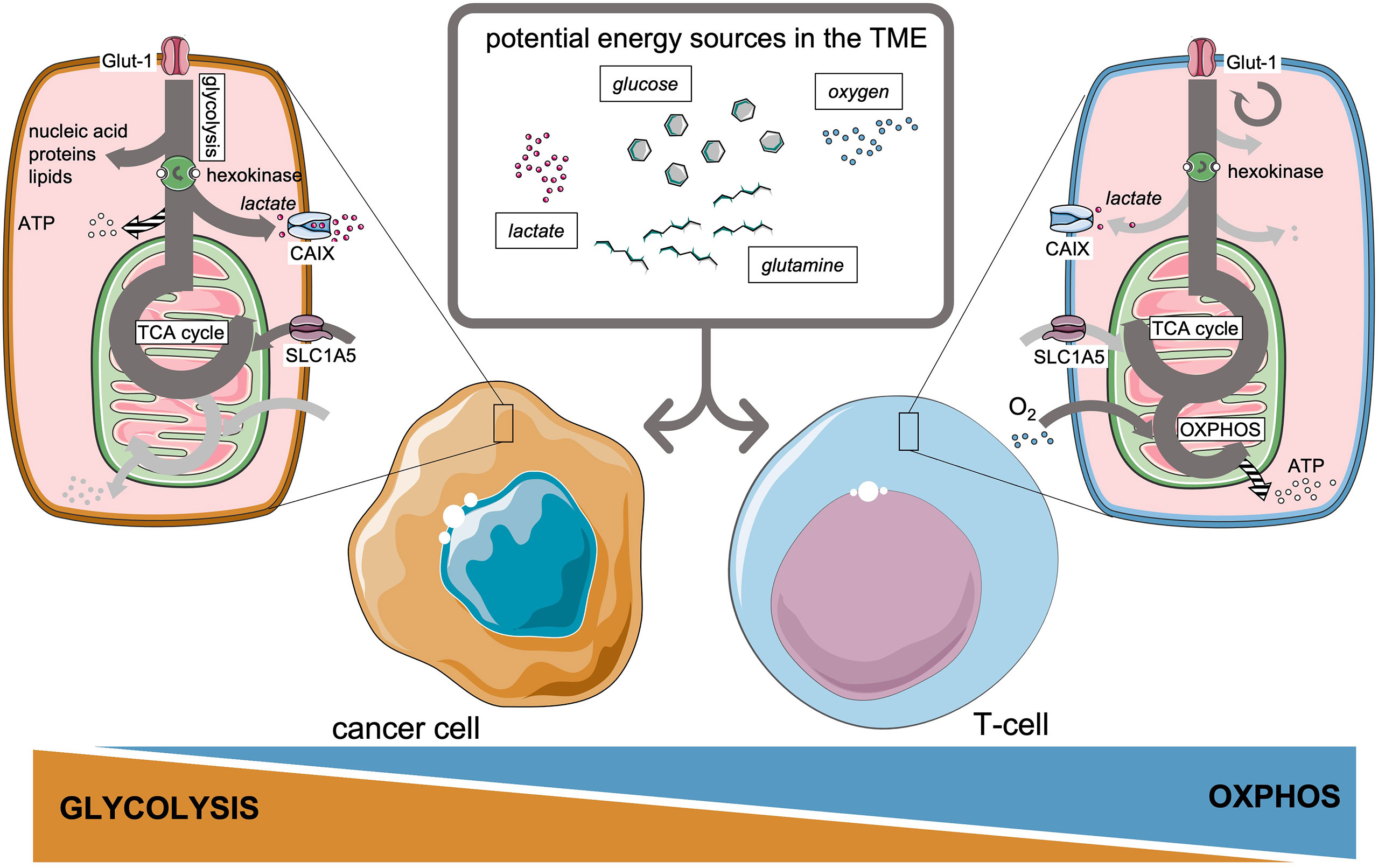





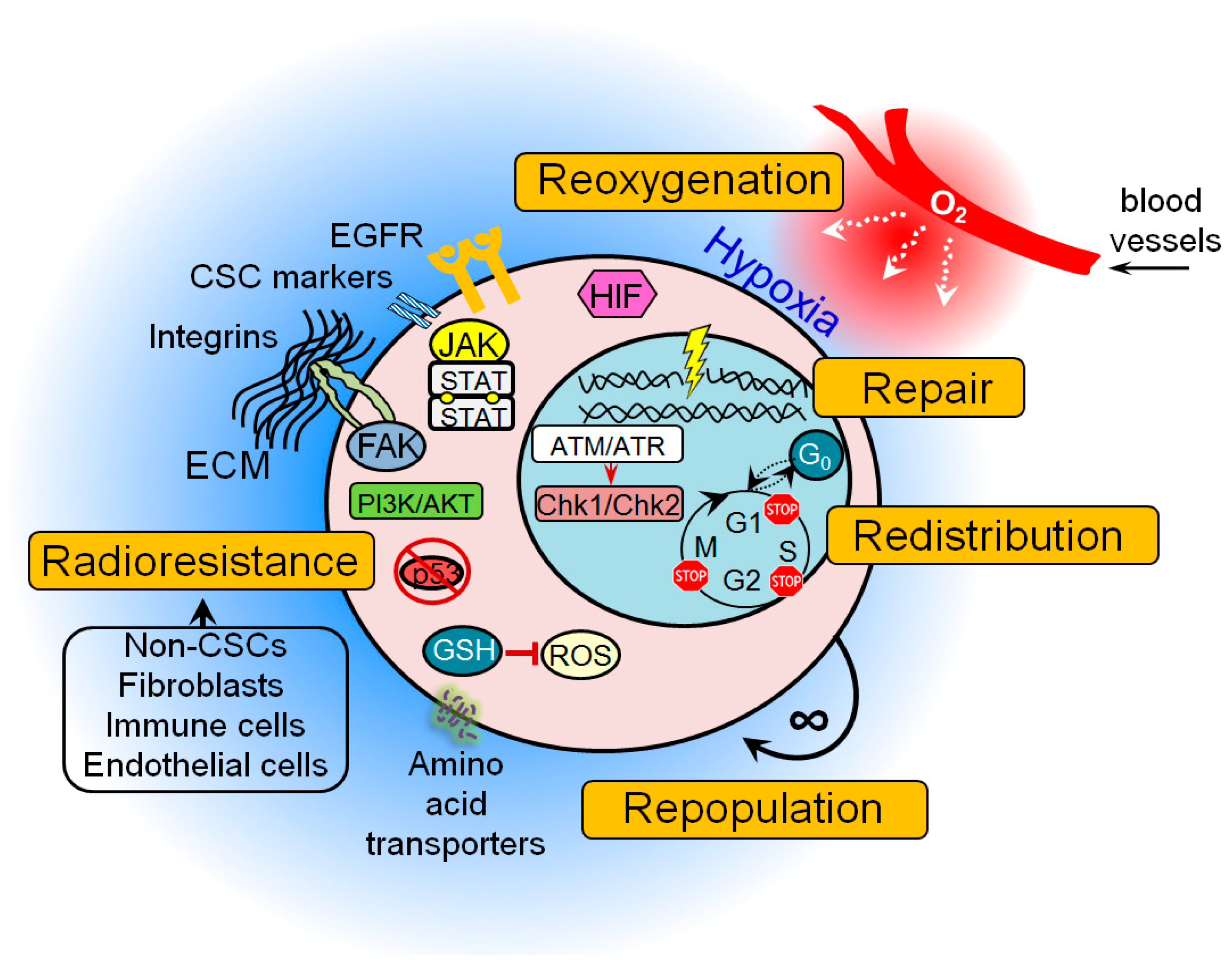
![PDF] Diagnostic and Prognostic Molecular Markers in Hepatocellular Carcinoma | Semantic Scholar PDF] Diagnostic and Prognostic Molecular Markers in Hepatocellular Carcinoma | Semantic Scholar](https://d3i71xaburhd42.cloudfront.net/a309508e062cbf2202977800a3574dc9cea4a0c3/4-Figure1-1.png)
